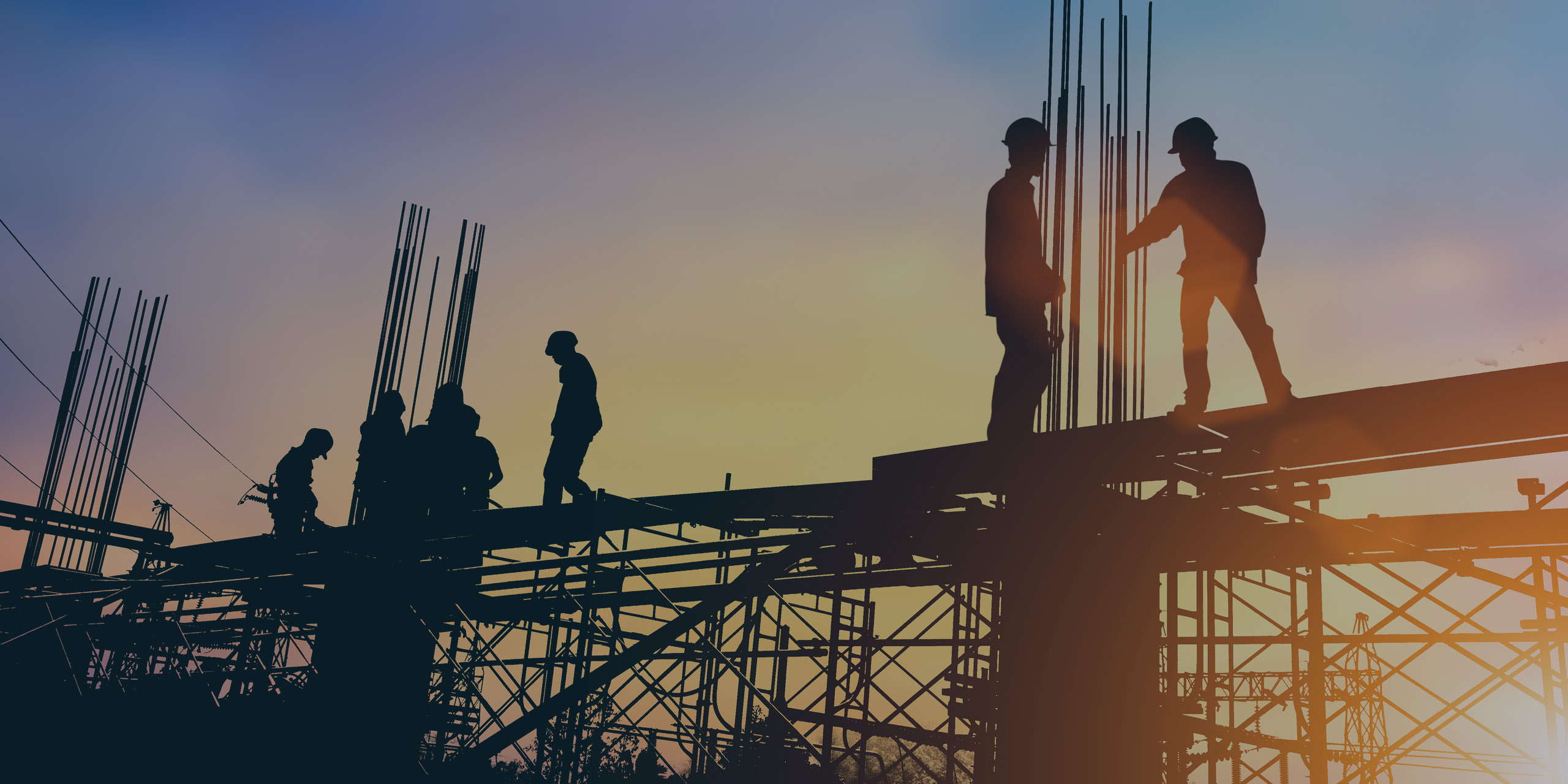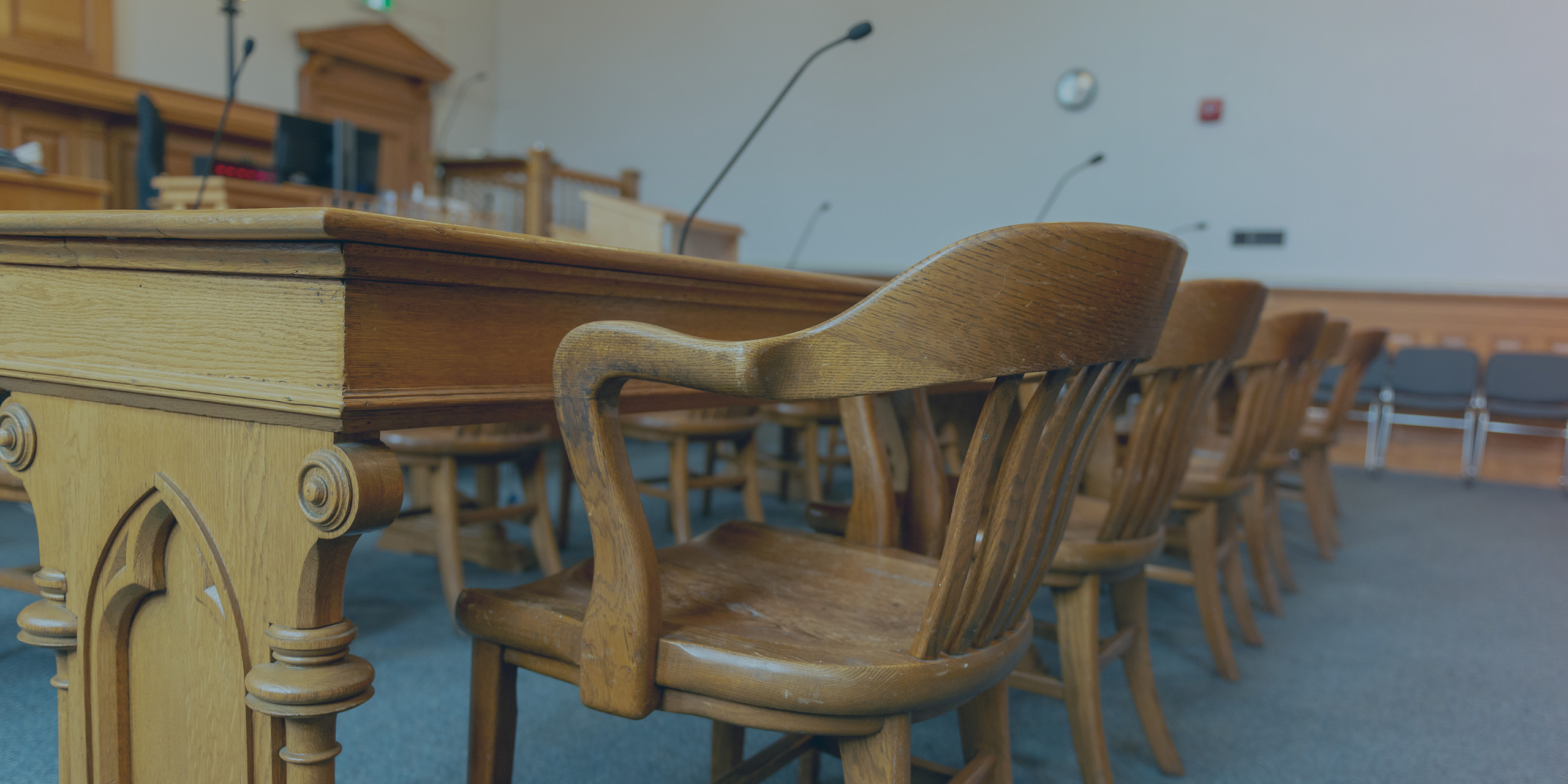A turbulent time for repairers – what can the industry expect in the next 12 months?
8th November 2021

This article was first published in Insurance Times
Matthew Stansfield, our Operations Director of Motor Engineering, reflects on the challenges arising for repair networks as the UK emerges from the COVID-19 pandemic
EXPERT VIEW
The UK repair industry was undoubtedly heavily impacted by the government’s nationwide COVID-19 lockdowns, with 51% of bodyshops losing more than 30% of their expected volumes during the 17 months of restrictions.
With fewer cars on the roads, the number of vehicle accidents plunged and 98% of bodyshops took advantage of the government’s job retention scheme.
Many skilled workers who were furloughed subsequently moved on to new jobs. The challenge now is finding enough skilled labour to deal with the increasing demand we’ve seen for repair work across the country over the past months.
The annual Auto Body Professionals Club’s (ABP) report on the state of the UK body repair industry was published in September 2021. This highlighted a lack of young people coming into the industry, leading to a bidding war between repairers.
A shortage of skilled labour is now the second biggest threat to the industry –compared with being ranked 10th last year – while losing staff to other industries due to pay levels was the fourth placed industry threat identified by the report.
To combat this skills shortage, it is essential to invest in talent. A long-term plan with structured career pathways and development opportunities will help future talent develop the skills, knowledge and behaviours that the industry needs for the future.
We have responded to the skills shortage by developing and launching our own Vehicle Damage Assessment apprenticeship programme, to train and develop new talent.
Communication is key
Nationwide supply chain issues are a further industry problem. Difficulties in sourcing parts is having a knock-on effect on customer experiences.
In a world where speed is of the essence, many customers expect instant responses, short claim lifecycles and quick repairs. When that simply isn’t possible due to external factors, effective communication becomes the most important component to the claims journey.
We’ve seen that keeping the customer updated and telling them what they can expect from the get go can transform the overall claims experience in turbulent times.
Creating a more carbon neutral repair process
Between the supply chain challenges and skilled labour shortages, repairers are also experiencing increased pressures from across the insurance industry to be more carbon neutral.
Historically, carbon neutral, green or secondhand vehicle parts haven’t been customers’ first choice, but people are beginning to feel more positive about this. Changing some of the terminology and using the word ‘green’ has certainly opened people’s minds to recycling old parts.
The challenge remains to source these parts. It’s essential that insurers and providers work together to ensure reusable parts from salvaged vehicles are put back into the repair network.
According to ABP’s 2021 report, 71% of bodyshops are now fitting green parts. In turn, 57% have increased the volume of recycled parts they have used during the past year.
It is notable that when asked why they didn’t fit green parts, just 28% of repairers cited poor quality, compared with 64% who said this in 2020, which shows this is an area of the industry that is rapidly developing.
We’re proud that most of our repair network already has carbon neutral status or is working towards it.
It’s great to see that several bodyshops have also received prestigious awards and recognition, such as at the National Body Repair Association’s Greener Bodyshop Awards.
For more information on motor engineering, please contact Matthew Stansfield via matthew.stansfield@davies-group.com
Related Articles
-
- Article
- Claims Solutions
What’s causing motor claims cost to rise?
With average motor premiums falling around 10% in the last three…
-
- Article
- Claims Solutions
- Legal Solutions
- Technology
The whiplash reforms - what have we seen & what comes next?
Following on from her last article back in April when we…
-
- Article
- Claims Solutions
Supply chain issues – examining the changes and pressures
This article was first published in Insurance Business UK. Between Brexit-related…
-
- Article
- Claims Solutions
- Legal Solutions
Damages Claims Portal pilot scheme: an overview
Her Majesty’s Courts and Tribunals Service (HMCTS) has been developing a…



